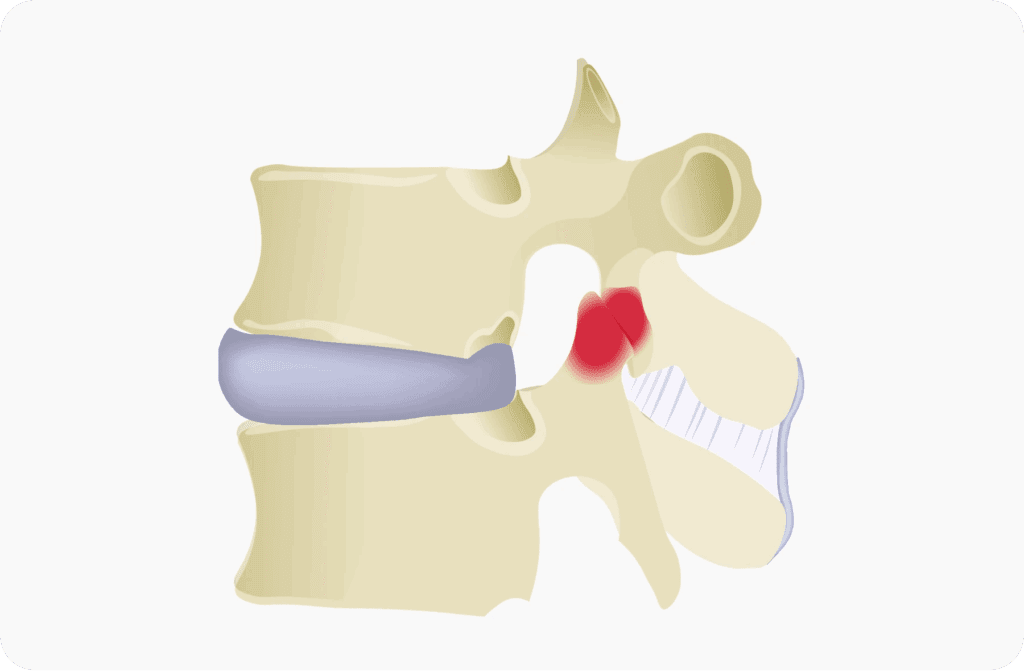Column 🛌Diagnosed with Facet Joint Syndrome? — What Are the Recommended Sleeping Positions? 🛌
November 4, 2025
Facet Joint Syndrome is an inflammatory condition affecting the joints on the back side of the spine (the facet joints).
It causes low back pain when bending backward or twisting the body, significantly interfering with daily life.
This column explains the recommended sleeping positions for those diagnosed with this condition.
Facet Joint Syndrome: Symptoms and Causes
Facet joint syndrome occurs when inflammation or degeneration affects the small joints (facet joints) connecting the vertebrae, leading to back pain.
Although it was once considered a minor cause of back pain in orthopedic medicine, recent studies show that facet joint syndrome accounts for a significant proportion of chronic low back pain cases.

Note: A study by Hidenori Suzuki et al. reported that facet joint syndrome was the cause of low back pain in 21% of 320 low back pain patients, making it the highest reported cause among those surveyed (followed by musculofascial pain at 18%, discogenic pain at 13%, and spinal stenosis at 11%).
(*1): Hidenori Suzuki, et al. Diagnosis and Characters of Non-Specific Low Back Pain in Japan: The Yamaguchi Low Back Pain Study. PLOS One. 11(8), 2016.
Causes of Facet Joint Syndrome
The primary symptoms of facet joint syndrome are lower back pain and stiffness.
Pain is typically worse when arching the back (extension) or twisting the body. Pain may also be felt during the first movements after waking up or after maintaining the same posture for a long time.
If the condition progresses, misalignment of the spine can occur, which may compress nearby nerves and lead to numbness in the legs.
Causes of Facet Joint Syndrome
The primary causes are age-related joint degeneration and prolonged poor posture or repetitive strain on the lower back over extended periods. Spinal instability and disc degeneration also increase the load on the facet joints, leading to inflammation and pain.
Recommended Sleeping Positions for Facet Joint Syndrome
When Sleeping on Your Back
Place a cushion or rolled towel under your knees to keep them slightly bent.
This helps prevent excessive arching of the lower back and reduces strain on the lumbar spine.
You can also place a small towel between your lower back and the mattress to support the natural curve of the spine.

When Sleeping on Your Side
Lie on your side with your body slightly curled, and place a cushion or body pillow between your knees.
This reduces twisting of the pelvis and spine, decreasing stress on the lower back.
Placing a small towel at your waist can help maintain spinal alignment and prevent the back from arching.

Other Important Considerations
Avoid overly soft bedding. Choose a mattress with appropriate firmness and resilience.
Adjust the height and shape of your pillow to ensure a natural curve is maintained for both your neck and lower back.
If your pain worsens or persists, consult a medical professional for appropriate evaluation and treatment.
If you have been diagnosed with facet joint syndrome or are struggling with back pain, please consider seeking a consultation at our clinic.



